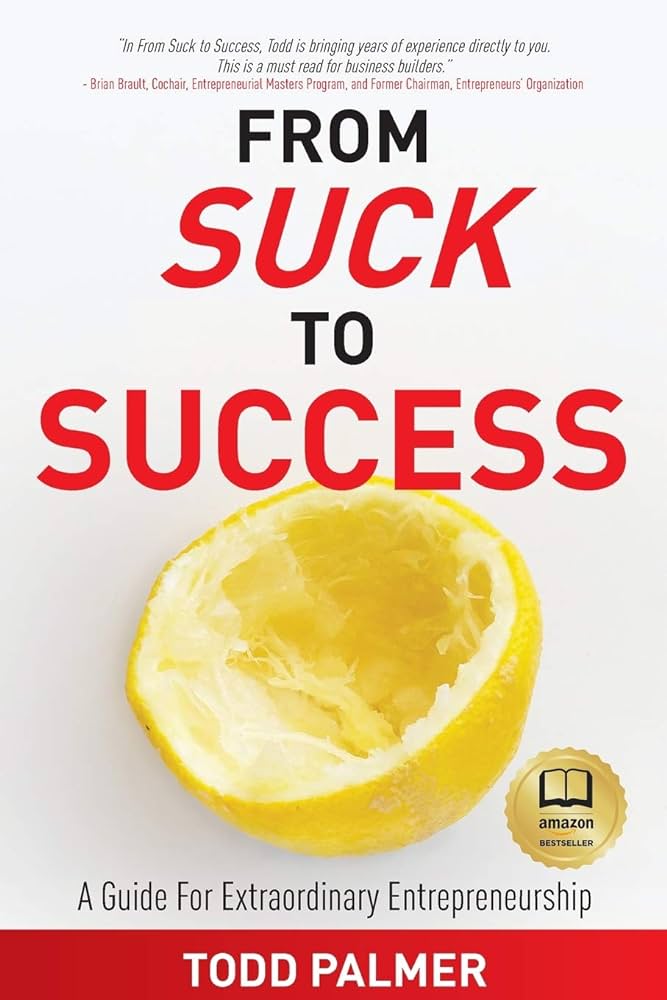Let’s get real about cash, capital, and building a business that truly succeeds. Over my years in entrepreneurship, I’ve learned that cash flow isn’t something that magically appears at the end—it must be integrated into every decision. You can have the most innovative idea in a strategy session, but your business may lose momentum when it matters most if you don’t plan for profit from the start.
The Profit Mindset: Begin with Profit at the Core
Too many entrepreneurs view profit as what remains after all expenses are paid. I’ve seen great ideas stall because profit wasn’t integrated into the initial strategy. Instead, think of profit as the ultimate measure of success—it’s what truly drives growth. Planning for profit means embedding it into every decision right from the start.
Capital Constraints: Do You Have the Optimal Strategy?
Every challenge in business comes with a price tag. When capital is tight, every decision matters—much like making the right strategic choices when resources are limited. Ask yourself:
- Can investing in better tools or training boost your revenue?
- Are you maximizing the talent you already have before chasing more funds?
- How are you ensuring that profit is integrated into your strategy from the start?
These questions have helped me avoid reactive financial decisions. They remind me to always plan ahead with a clear, focused approach.
Open-Book Management: Learning the Numbers with Jack Stack
Jack Stack’s approach in The Great Game of Business taught me a powerful lesson—transparency with your numbers isn’t just about accountability; it’s about empowering every member of your team. When everyone understands how their actions impact the bottom line, you build a culture where smart, data-driven decisions are the norm. It’s like having your entire team fully informed so they can act decisively and contribute to overall success.
Hard Truths and Tough Calls: Insights from Ben Horowitz
Ben Horowitz, in The Hard Thing About Hard Things, reminds us that the realities of business can be extremely challenging. He emphasizes facing hard truths head-on. For me, that means planning for profit isn’t optional—it’s essential. Ben’s no-nonsense approach has shown me that waiting until the end to see what’s left isn’t a winning strategy. Instead, you need to allocate resources and set aside profit from day one, so you’re never caught off guard when stakes are high.
Disciplined Strategy: Building Greatness with Jim Collins
Jim Collins, in Good to Great, teaches that sustained success comes from disciplined planning and sticking to what works. He’s a big believer in getting the fundamentals right—focusing on key metrics, embracing a culture of accountability, and not letting short-term wins distract from long-term growth. I’ve seen how disciplined, strategic planning—where every financial move is intentional—can transform a good business into a great one. It’s all about making sure that every decision, every investment, is aligned with your ultimate goal of profitability.
Bringing It All Together: Focus-Align-Act
Here’s a step-by-step approach for creating a financially sustainable business:
- FOCUS: Identify your biggest cash flow challenges. Is it pricing, overhead, or perhaps slow collections?
- ALIGN: Draw on the insights from leaders like Jack Stack, Ben Horowitz, and Jim Collins. Build a strategy that puts profit front and center.
- ACT: Execute small, consistent changes. Track the results and refine your approach until profit is a natural part of every decision.
Your Next Step: Let’s Talk Goals
If you’re an entrepreneur ready to build a business where profit isn’t an afterthought but the foundation of every decision, I’d love to hear from you. Let’s jump on a call—no fluff, just a real conversation about your goals, your challenges, and how we can map out a strategy that drives sustainable growth. Click here to schedule a call, or simply reply to this email with your top goal.
What’s the one goal that’s been keeping you up at night, and how can we turn it into your next big win?




